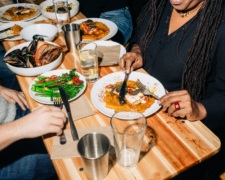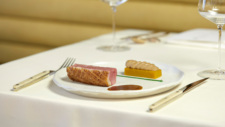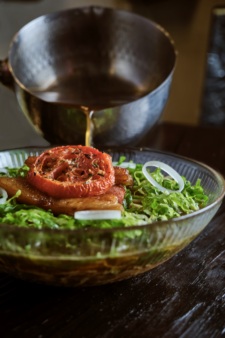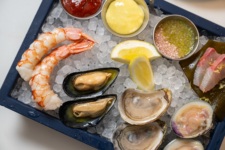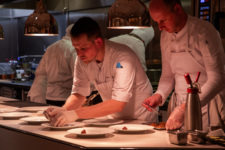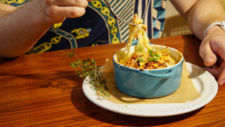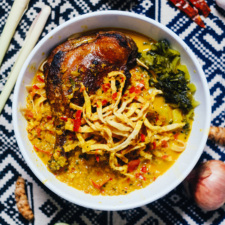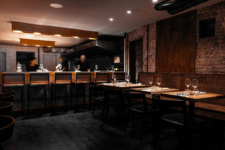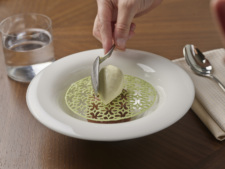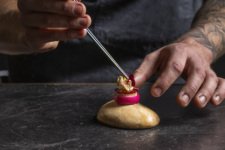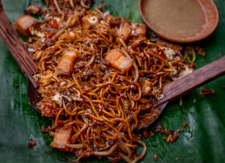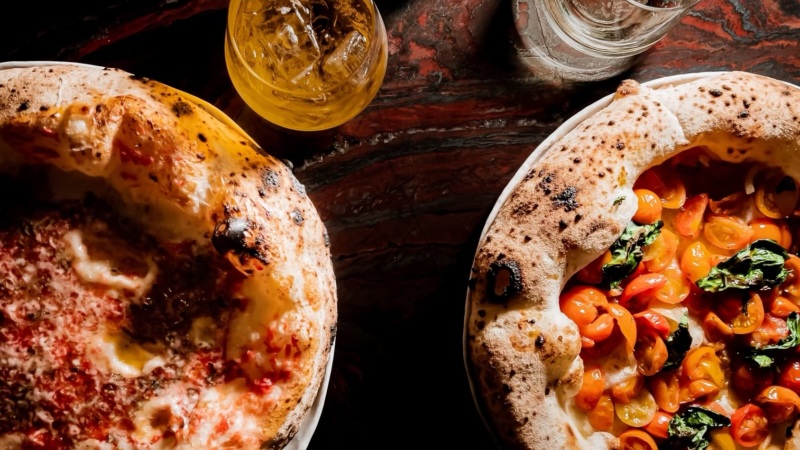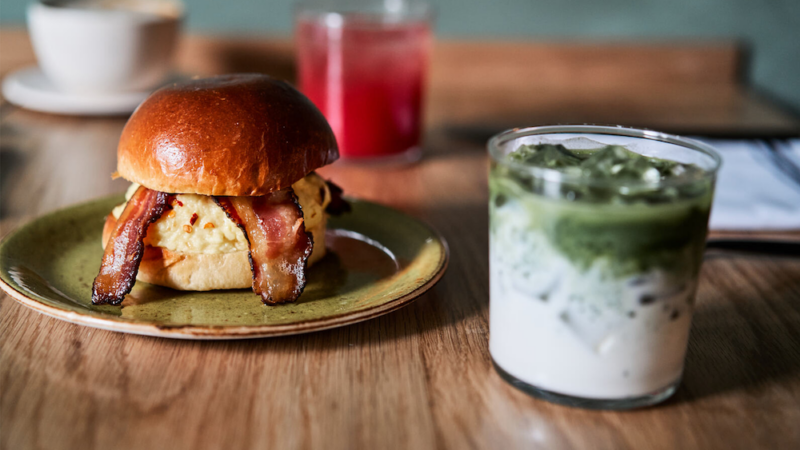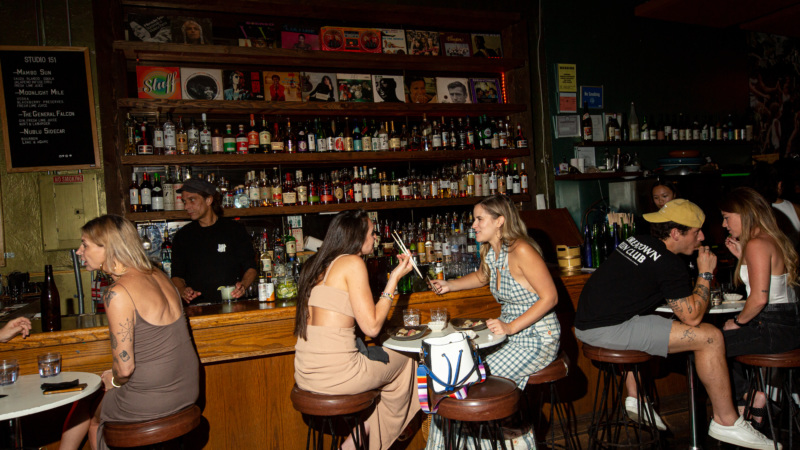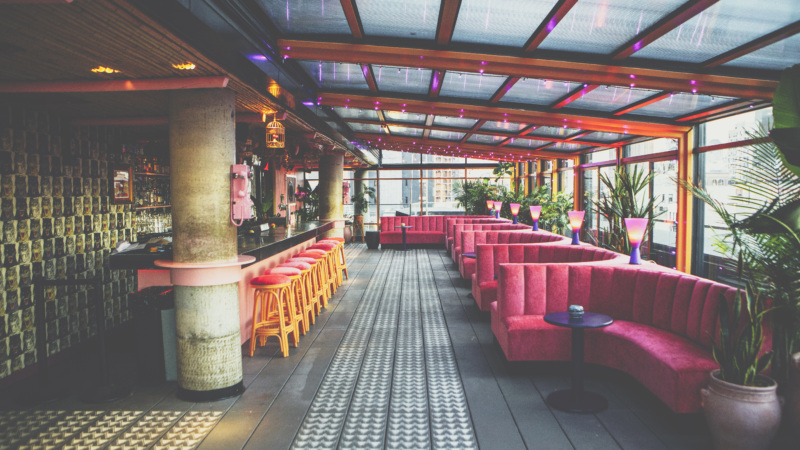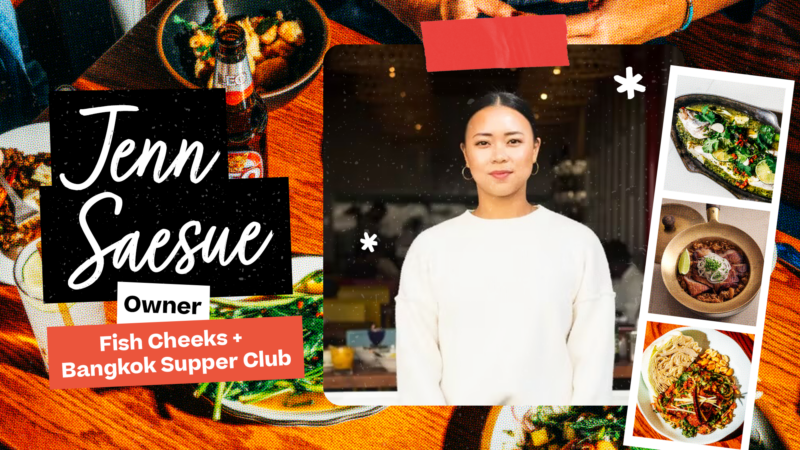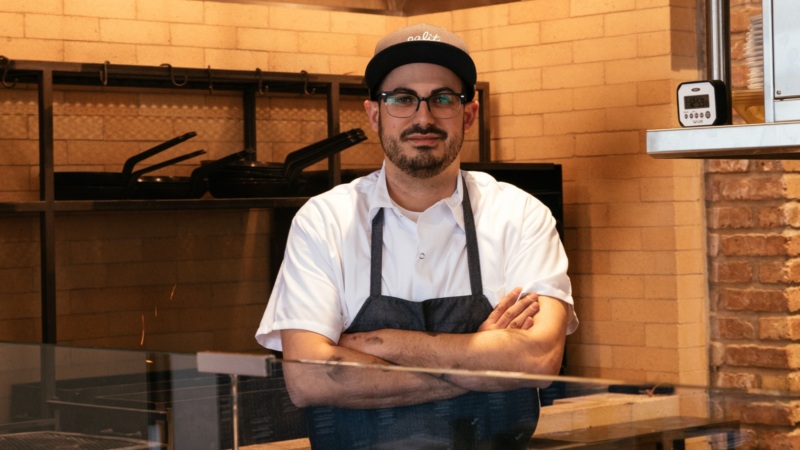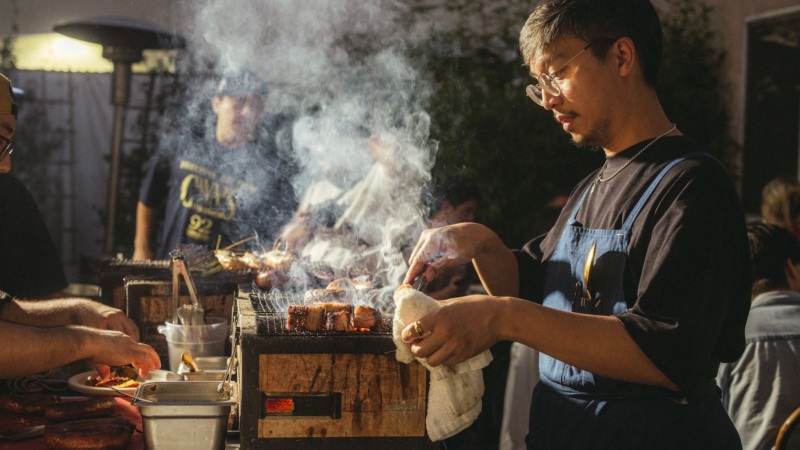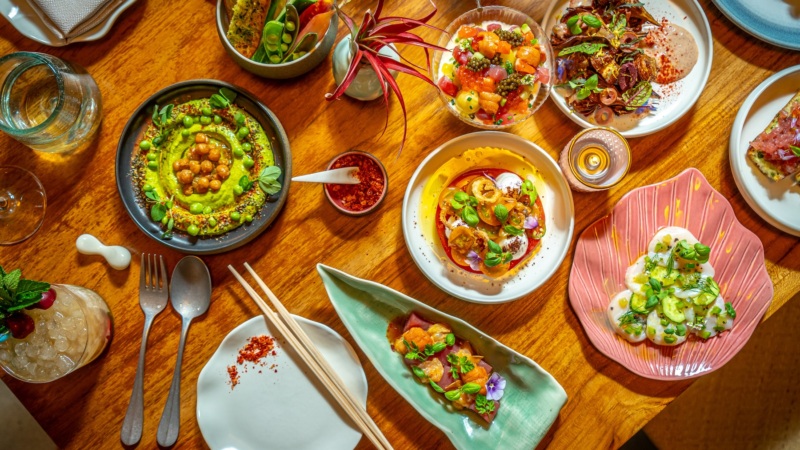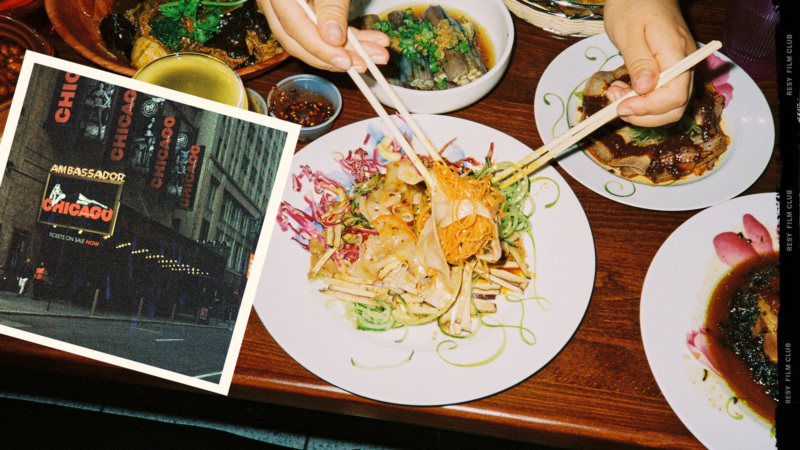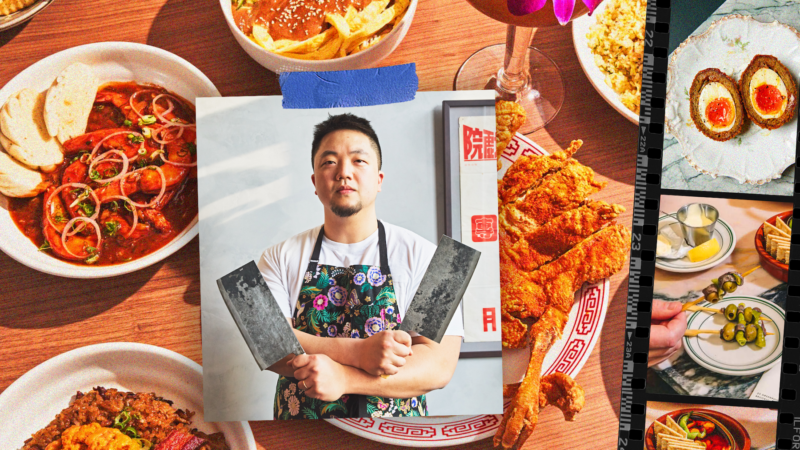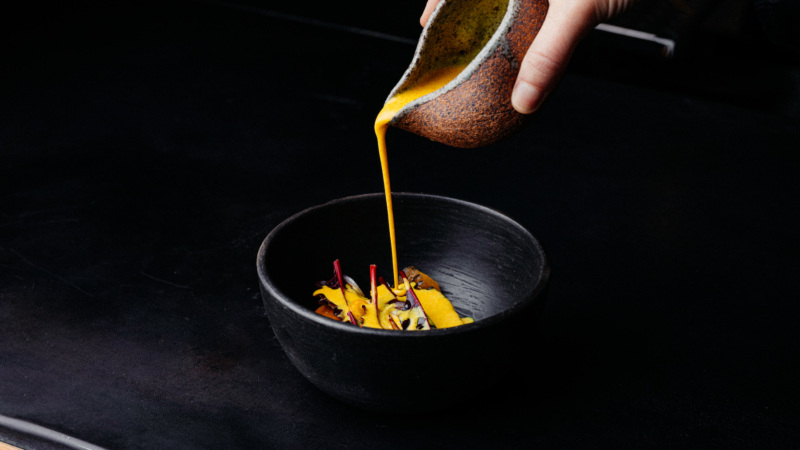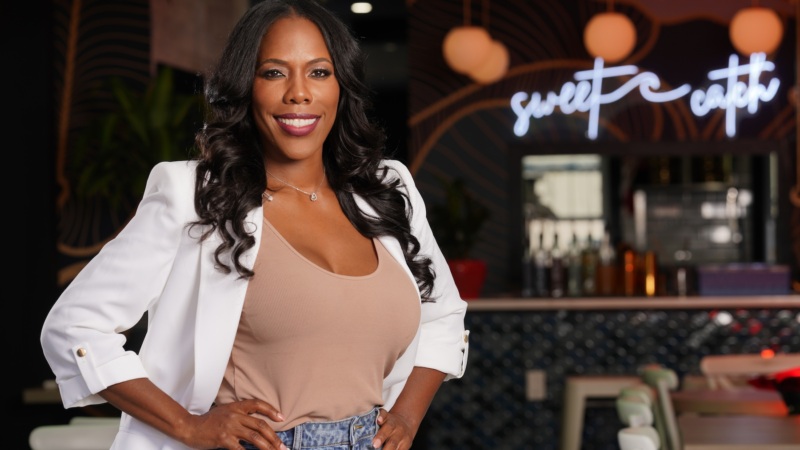
Everything You Need to Know About New York’s Gulaabo
In this edition of the Resy Rundown, we take a look at the newest regional Indian restaurant in New York from the same team behind the East Village’s contemporary Indian gastropub Baar Baar: Gulaabo takes a more traditional take on Indian cuisine than Baar Baar, specializing in Punjabi food in particular.
Gulaabo opens to the public on Aug. 8, but we sat down with partners Sujan Sarkar and Payal Sharma, as well as chef Paramjeet Bombra to find out everything you need to know before you go.
1. This is not Baar Baar, but you should expect a few important similarities.
The team behind Gulaabo consists of many of the same faces you know and love behind Baar Baar, which opened seven years ago. Since then, the team has expanded to Los Angeles with another location of Baar Baar, and opened Indienne Chicago, with plans to expand the restaurant group even more in the future. With Gulaabo, however, Sarkar and Sharma want to deliver a completely different experience.
While Baar Baar serves more modern versions of classic Indian dishes, Gulaabo stays as true to the cuisine’s roots as possible, Sarkar says. “We are not doing any fusion or mixing anything, Sarkar notes. “We are not talking about 10 different regional cuisines. We are not using any ingredient that is not used in [Punjab] cuisine. That’s the clear demarcation of difference between Baar Baar and Gulaabo.”
Fans of Baar Baar’s extensive cocktail program won’t be disappointed, however, as the emphasis on inventive beverages remains at Gulaabo with a bar program developed by Suyash Pande of Indienne Chicago and Butter & Scotch.
Take the Makhani, made with butter chicken-washed whiskey, or the Sarson, with black-mustard infused tequila. The Paan features betel leaf vodka and shrub, and the Tandoor is made with mezcal, a “secret stock”, and pineapple juice. Zero-proof drinkers aren’t overlooked, either, with a full program based on the sweet cordial, sharbat.
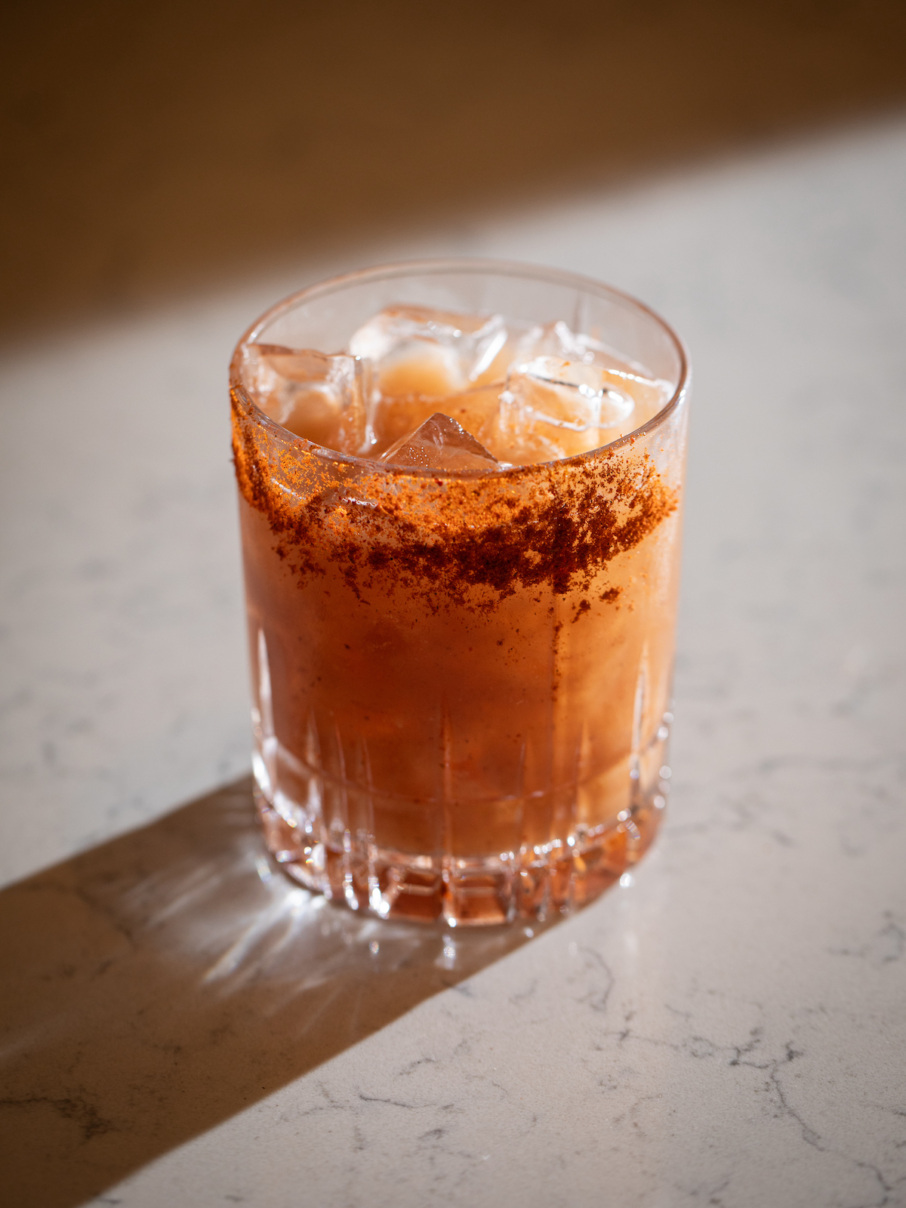
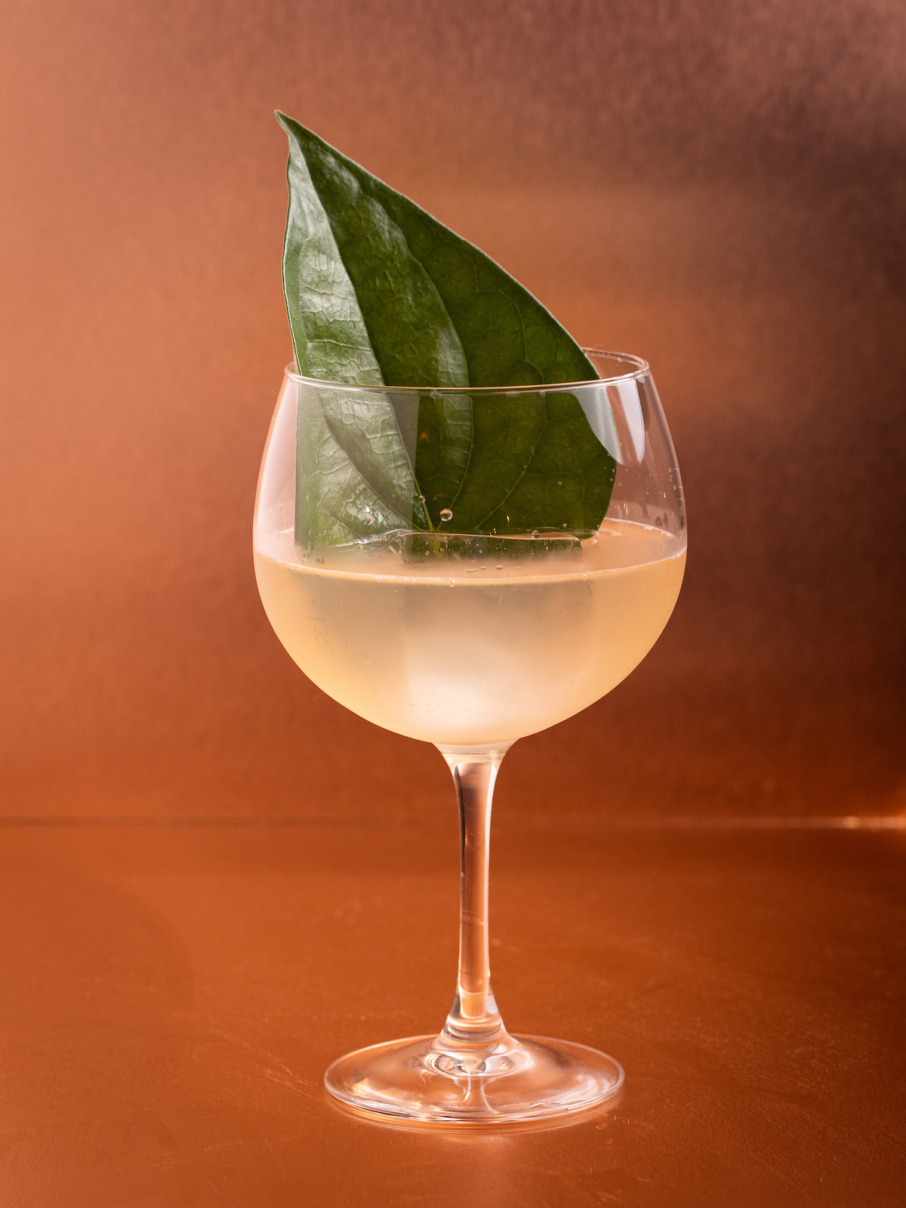
2. The menu is personal.
Bombra was working as a chef at Baar Baar when Sarkar took notice of his skill and decided that he could excel as a head chef specializing in his native Punjabi cuisine. “He’s got this knowledge about this cuisine, and he comes at it with so much passion. I don’t have that in-depth experience of cooking [Punjabi] cuisine, since I do completely different things. That’s why he’s here and he’s in the kitchen — it’s his passion project,” says Sarkar.
Many of Bombra’s family’s recipes show up on the menu in various forms, such as in the Param Singh da meat, served with goat shank, ribs, and leg meat cooked in mustard oil. “It’s a goat curry, but it has special ingredients [from] my family’s recipe,” Bombra says. The team has also imported spices and spice blends from India to maintain as much authenticity as possible within the cuisine.
An entire section of the menu is dedicated to the savory street snack chaat, like the dahi bhalla made with sweet yogurt, tamarind, and mint chutney. There’s also the keema kulcha, a bread stuffed with minced lamb, as well as parathas and roti in the bread section. Nods to Punjabi hunting culture show up in the meats you’ll find on the menu, such as rabbit and quail cooked on an open fire. For dessert, there’s saffron ice cream and orange-flavored shaved ice.
“The menu is based on the community’s culture and on the ingredients that are available there,” Bombra says. He adds, “People misunderstand Punjabi cuisine in thinking that it’s very spicy. It is not actually spicy. It’s flavorful, but we have loads of cloves and black pepper.”
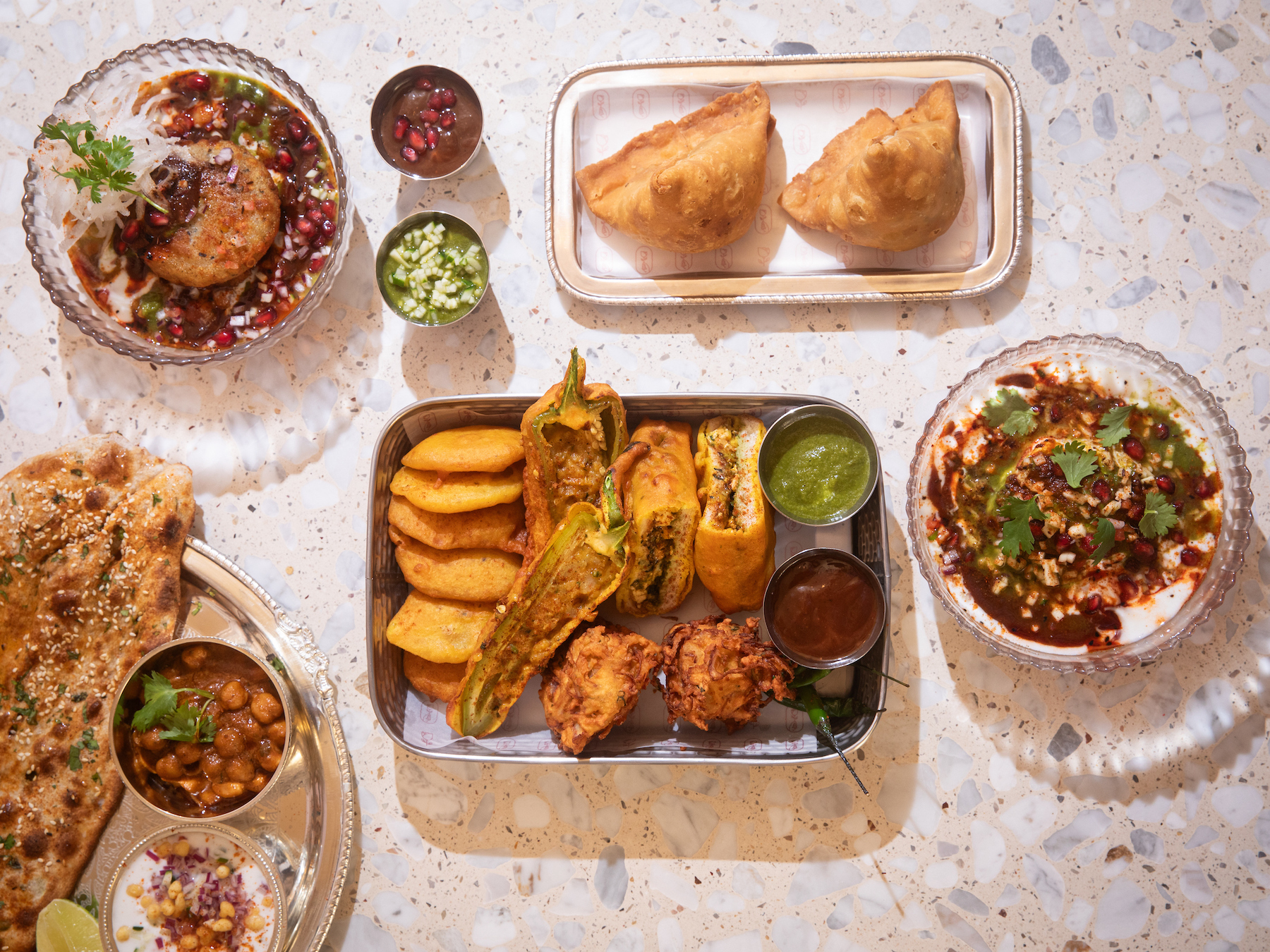
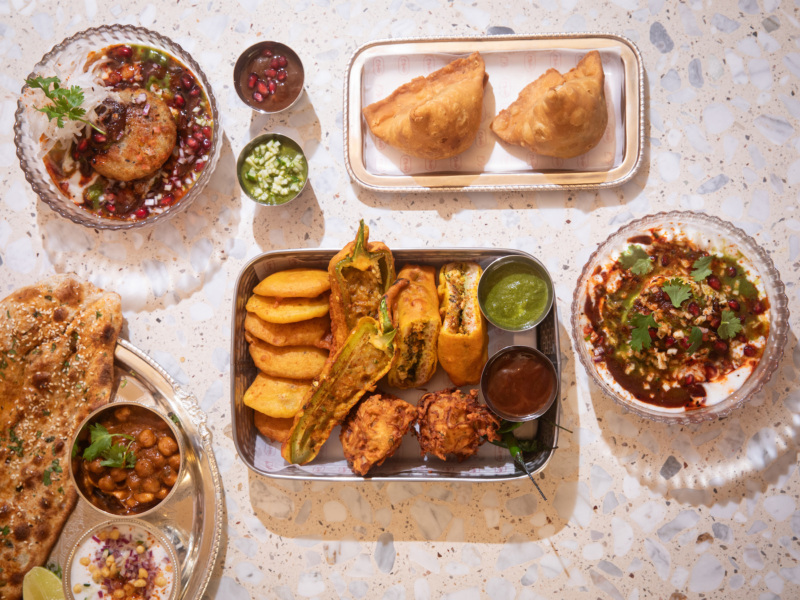
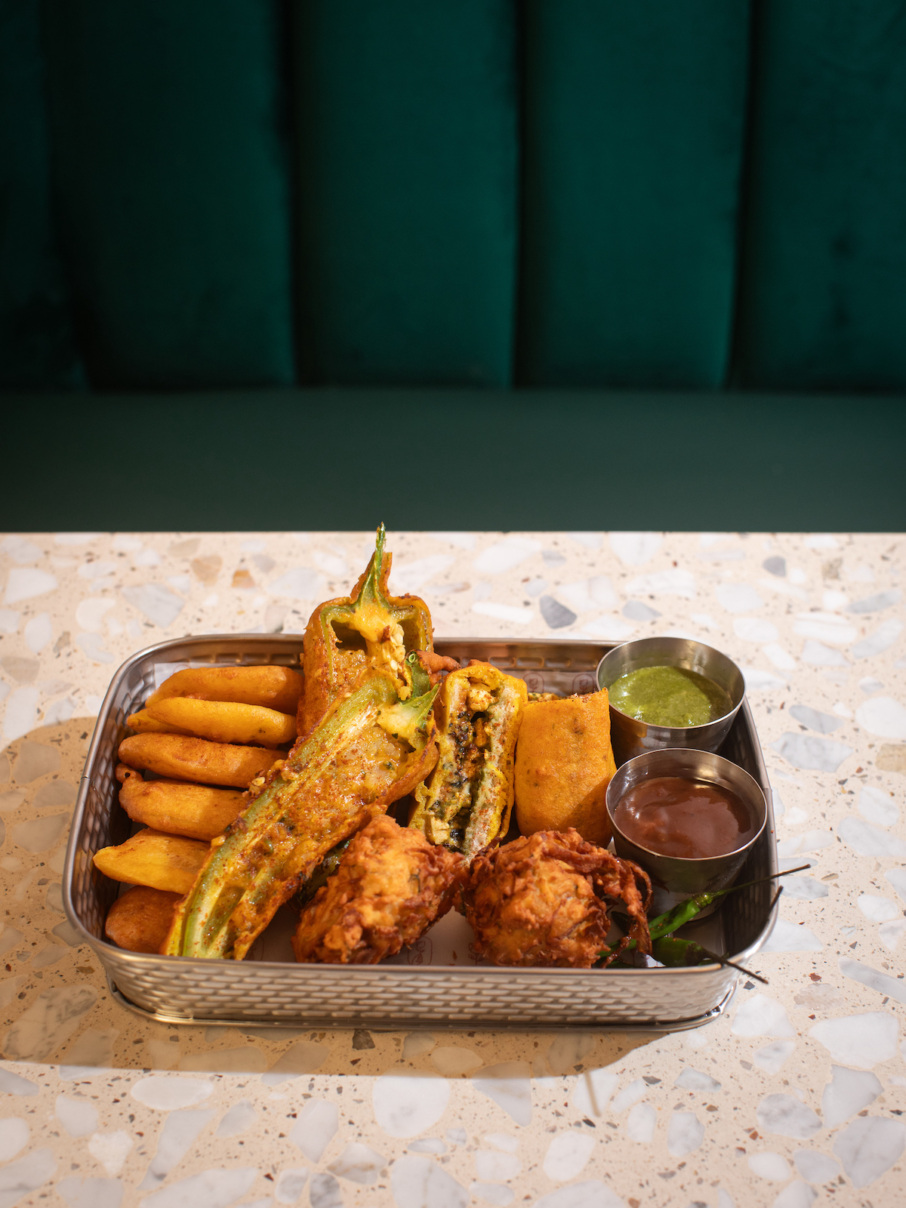
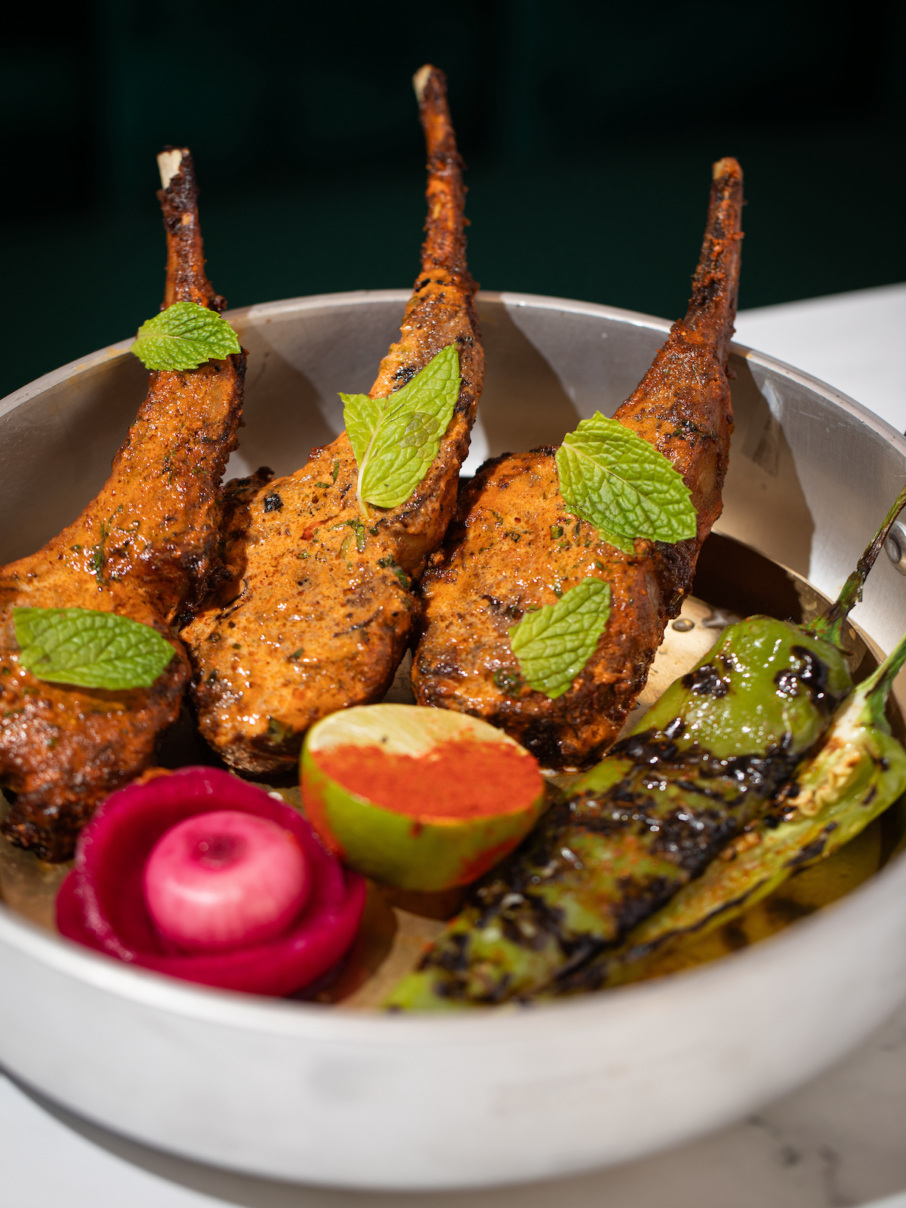
3. The name is a nod to the design — and Punjabi culture.
Gulaabo’s interior design is quietly feminine: Think pink and gray wallpaper, plush charcoal gray chairs and green velvet banquettes, and intricate wooden light fixtures. Kolkata-based firm Curry Fwd, an agency that only does work for Indian and Indian-inspired restaurants, designed the two-story restaurant that seats 95 diners downstairs and 45 upstairs.
The restaurant’s name derives from the Punjabi word “gulabo,” which “could mean a beautiful woman from Punjab, who has a pink complexion, wearing a very dark green color, or a red color with some bold jewelry,” Sharma says. “That’s our restaurant’s resemblance.”
It’s also a tip of the hat to Punjabi people whom, the team says, will recognize the word immediately.
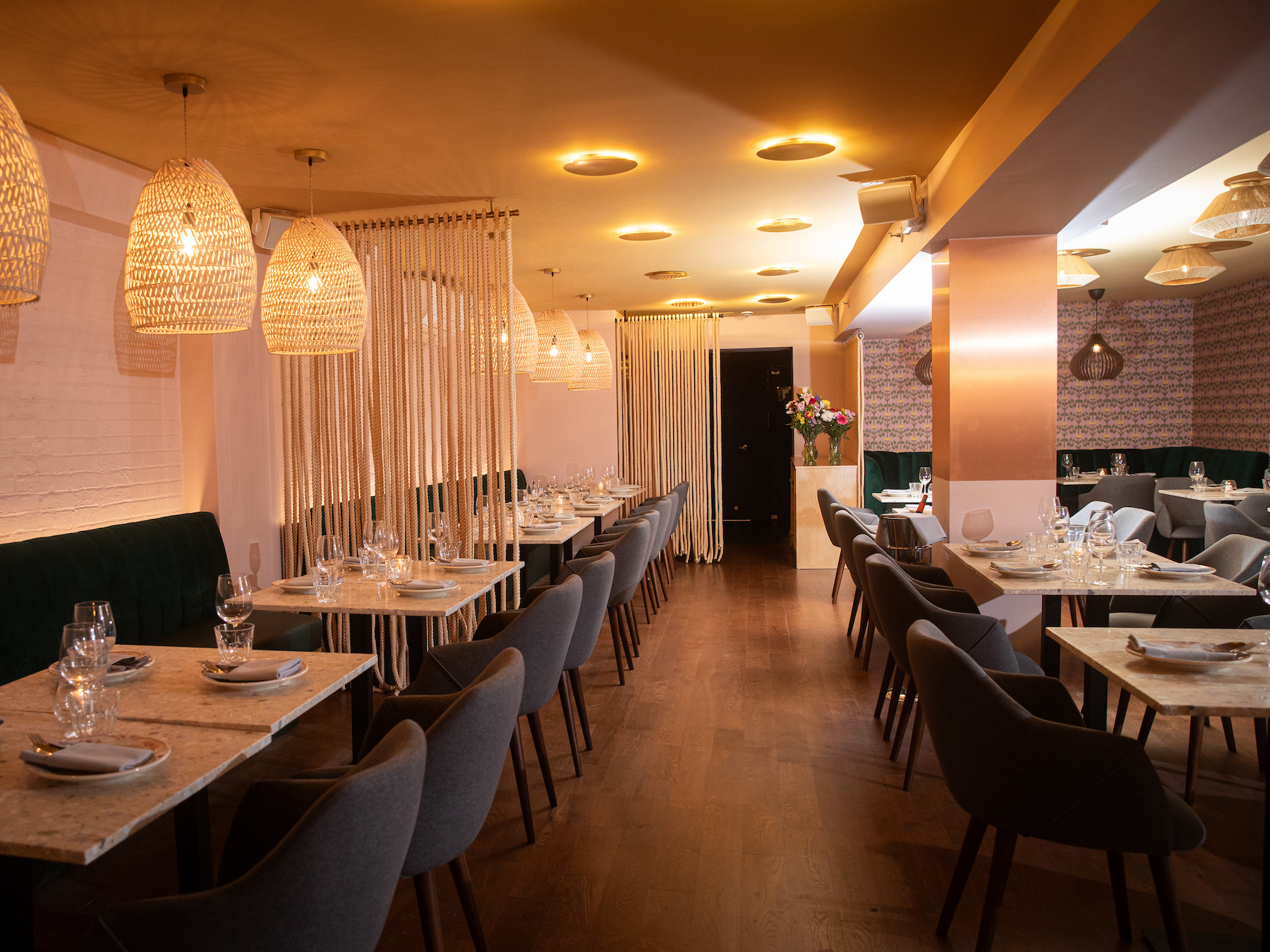

4. This is a restaurant just off Times Square, but it’s not a Times Square restaurant.
New York’s beleaguered tourist destination is known for huge chain restaurants like Bubba Gump Shrimp Co., Olive Garden, and Raising Canes. Gulaabo, which sits in the Theater District, is none of those. Even so, the team thinks the area’s international milieu will appeal to diners, whether they’re locals or visitors alike.
“[When we found the location] we thought ‘well, there’s nothing like Times Square!’” Sharma says. “It’s flooded with tourists from all over the world, and I think regional food will do well here. When people travel, they eventually start looking for their own cuisine; after [I’ve traveled] for eight or 10 days I know I start thinking ‘Oh my God, I need Indian food.’”
Gulaabo is open for dinner Tuesday through Sunday from 5 p.m. to 10 p.m., and until 11 p.m. on Fridays and Saturdays.
Ellie Plass is a freelance writer based in Brooklyn. Follow her on Instagram and Twitter. Follow Resy, too.




